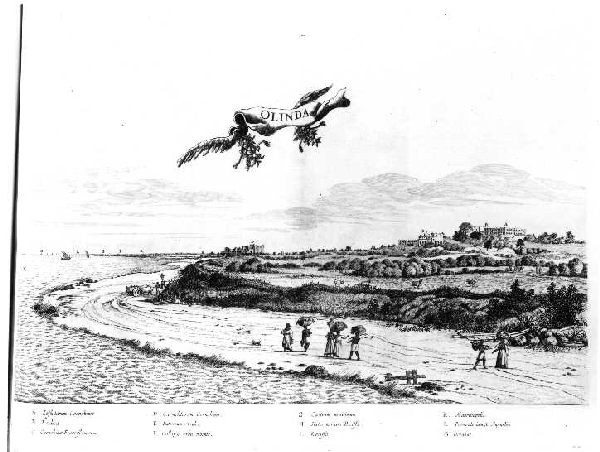
Plante, Franciscus. Mauritiados . . . Hoc est: rerum ab illustrissimo heroe Ioanne Mauritio, comite Nassauiae. Amsterdam, 1647.
This is one of several beautifully engraved Dutch books celebrating the achievements of Prince Maurits of Nassau as governor of the Dutch territory in Brazil. The engravings are based mostly on drawings by Frans Post, one of several artists Maurits invited to Brazil.
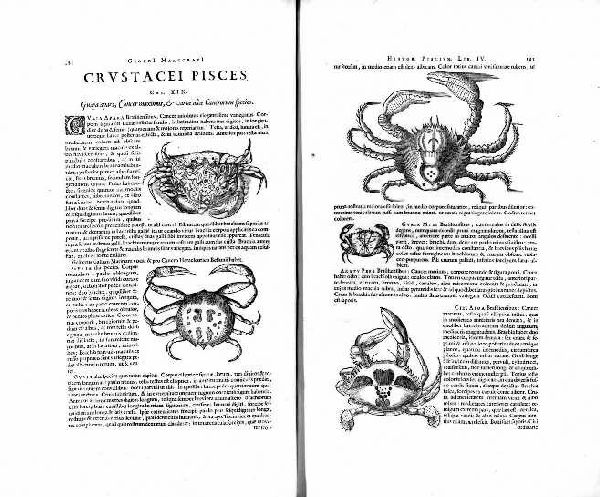
Marggraf, Georg (1610-1644). Historiae rerum naturalium Brasiliae, libri octo ... cum appendice de Tapuyis. Lisbon and Amsterdam, 1648.
The Historia naturalis Brasiliae, as it is also called, is the first scientific study of the natural history of Brazil, and it remained the most important reference book on this subject until the nineteenth century. Marggraf's careful descriptions and drawings of plants, fish, birds, quadrupeds, reptiles, and insects, form the second part of the work. The first part, on materia medica, diseases, and drugs, was written by Willem Piso, personal physician of Maurits of Nassau-Siegen and the head of the scientific expedition sponsored by the Dutch West India Company. During his stay in Brazil he made studies parallel to Marggraf's, and the work of these two naturalists is so intertwined that it is difficult to separate them.
The book also contains a chapter about the "Tapuya," the non-assimilated native tribes allied to the Dutch, based on writings by a famous Jewish-German interpreter of indigenous languages in Dutch service, Jacob Rab.
Marggraf was born in Liebstadt, Germany, in 1610 and died in Africa in 1644, merely 34 years old. He traveled to Brazil in 1638 under the protection of Prince Maurits. Aside from natural history, Marggraf also did astronomical research, which was carried out in an observatory built by Maurits. His astronomical observations, including the viewing of a solar eclipse in 1640, were the first made in America.
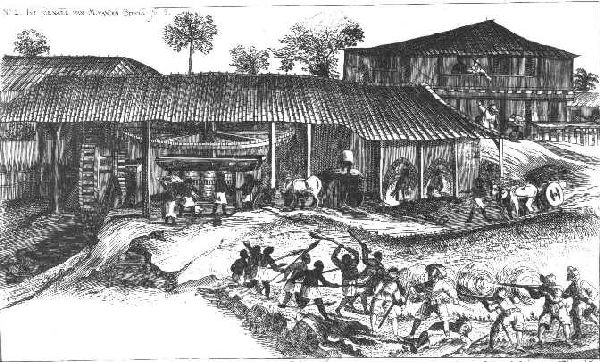
Broeck, Matheus van den. Journael, ofte historiaelse beschrijvinge van Matheus vanden Breock. Van 't geen hy selfs ghesien ende waerachtigh gebeurt is, wegen 't begin ende revolte van de Portugese in Brasiel, als mede de conditie en het overgaen van de forten aldaer. Amsterdam, 1651.
This diary covers the period between June 1645 and August 1646, describing first-hand the conflict between Portugal and the Netherlands. In the illustration shown, African slave sugar workers are combatting Dutch forces.
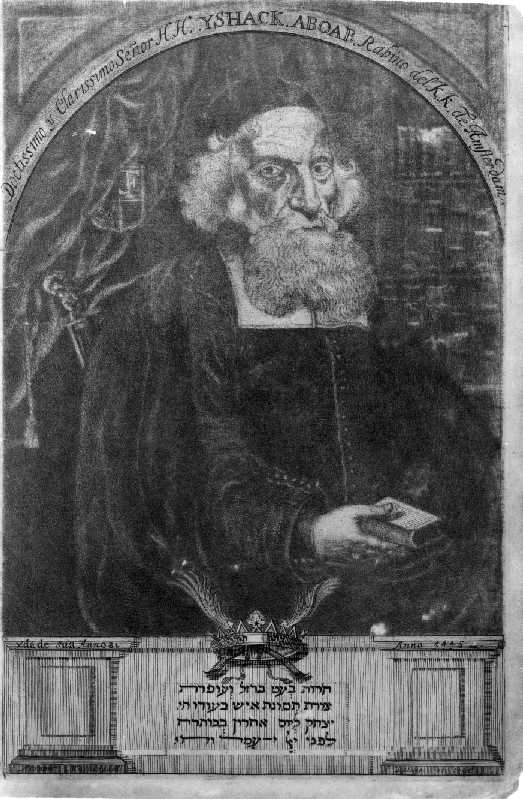 |
Fonseca, Isaac Aboab de. Paraphrasis comentado sobre el Pentateuco. Amsterdam, 1661.
This work is a translation of the Pentateuch into Spanish, with a commentary
by Isaac Aboab de Fonseca. It was prepared for Jews in Dutch Brazil, who
because of their Iberian heritage would be able to read Spanish. The portrait
is of the commentator, Aboab de Fonseca, who was not only the first rabbi
in Brazil but also the first rabbi to come to America. (Annals of Colonial Brazil, an exhibition at the JCB in 2000) |
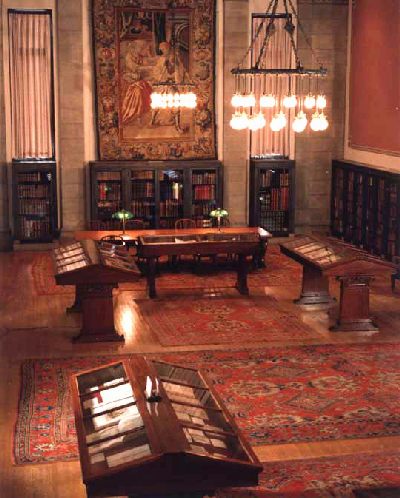
Main Reading Room at the John Carter Brown Library